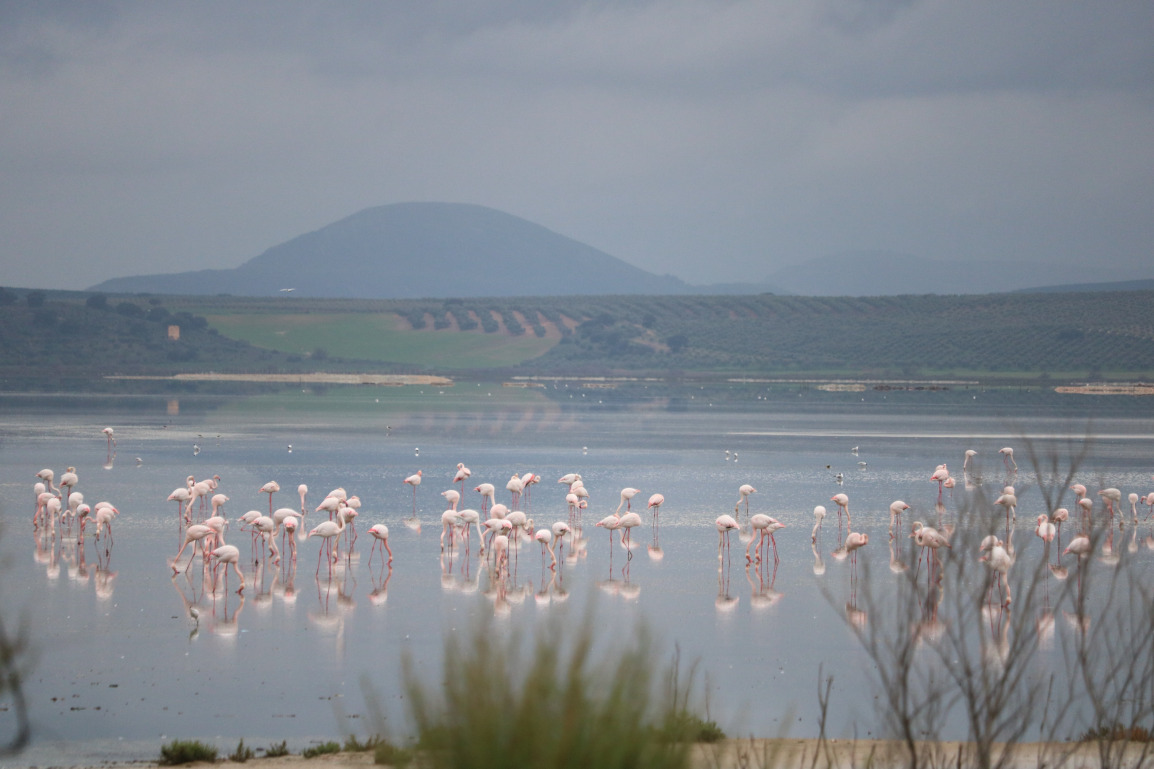Wetlands for waterfowl
"If rainforests are the lungs of the planet, then wetlands are the lifeblood. As much as we need air to breathe, we need water to live. The conservation of our wetlands is essential to life on Earth."
- Sir Peter Scott

What are wetlands?
Wetlands are the most threatened ecosystems in the world, but are providing our drinking water, are essential to maintaining biodiversity, climate resilience, and human livelihoods.
Wetlands are among the most diverse and dynamic ecosystems on Earth, home to a rich array of species and vital to both nature and people. Their shifting boundaries between land and water make them essential for biodiversity, climate regulation and human livelihoods - but also place them at the intersection of multiple, often overlapping, policy frameworks. Such ecological and functional complexity is reflected in the wide range of legislation that affect wetlands conservation, their use and management.
The Ramsar Convention is the international agreement (1972) that guides the protection and sustainable use of wetlands and their resources. It also provides a clear definition of what is considered a wetland. It tells us that wetlands come in many forms: temporary or permanent, inland or coastal. Natural wetlands include lakes and rivers, underground aquifers, swamps and marshes, wet grasslands, peatlands, oases, estuaries, deltas, tidal flats, coastal areas including mangroves and even coral reefs.
Did you know that human-made ponds (aquaculture, water storage, treatment, or decoration), rice paddies, reservoirs and saltpans are also considered as wetlands?


Wetland conservation helps keep our world as colorful and diverse as the ducks that live in them!
- Alexa Jochmann, age 17, Wisconsin, 2022
Wetlands for Life
Wetlands are fascinating and vital ecosystems, but many people still don’t know much about them. EAZA's campaign "Wetlands for Life" inspires people to care about wetlands – wherever they are. The campaign will fundraise for selected projects that focus on wetland threats and solutions in the regions where flamingos occur.
As a participant in some of EAZA's waterfowl Ex-situ Programmes (EEP's), I fully support the Wetlands for Life campaign, as I understand the importance of these habitats for all life - not only for waterfowl or flamingos.
As a waterfowl enthousiast, I love to observe these birds in the wild as well. Obviously I don't need to explain wetlands are important to waterfowl. So I'd love to introduce some of the wetlands I've visited over the years, on this page.
Reserva Natural de la Laguna de Fuente de Piedra
The Fuente de Piedra Lagoon is a wetland located in the Málaga province of Spain. It is used by the greater flamingo (Phoenicopterus roseus) for its annual reproduction cycle, constituting the largest colony on the Iberian Peninsula of this bird. This wetland is also an important site for Marbled teal (Marmaronetta angustirostris), white-headed duck (Oxyura leucocephala), black-winged stilt (Himantopus himantopus) and many other species.
To be continued soon...

Above: Greater flamingos at Reserva Natural de la Laguna de Fuente de Piedra. Photo by Jan Harteman (2025).








